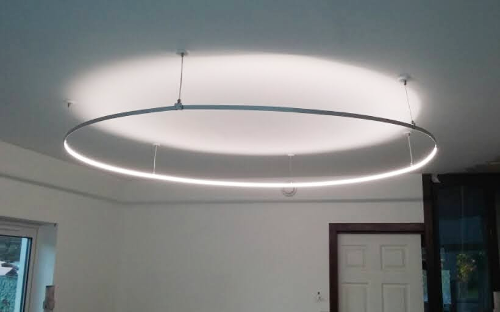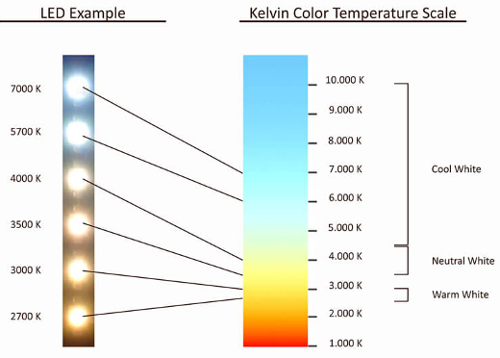Hello
We’ve had a 3.7kw solar pv set up on our roof for 8 years, we’re in East Sussex. We were lucky enough to come in on the tail end of the feed-in tariff, so it has almost paid for itself. We don’t have a Smart Meter so our export is assumed to be 50% for the tariff, we know we don’t export that much as we also run our business from this building so we’re always here. We’ve had a 100% Electric car for 4 years (Leaf), and this summer we had a Heat Pump installed as part of the OVO trial. We don’t yet know how our bills will look this winter without gas, we have a multi fuel burner as back-up. We didn’t have a water tank with our gas boiler so didn’t have an iBoost-type gizmo fitted, which means our excess solar does not currently heat our water.
So… battery storage. Our mission for this house is to future proof it so far as possible, and get the running costs down as low as we can. Our local installers have had issues trying to get Tesla batteries, there seems to be a waiting list. They’re currently testing other storage batteries.
Meanwhile our Leaf is a Tekna and we bought it with Vehicle to Grid/Home in mind, sort of thinking ‘have this instead of a battery pack’. But the impression we have at the moment is that isn’t possible yet as trials are still ongoing (if anyone has another experience I’d be delighted to hear it!)
I have been reading these forums for the past week, trying to get my head around whether storage is the missing bit of the puzzle for us. If I’m honest, my brain is melting a bit. If we go to an installer and they say ‘you need this’, we won’t ever know what other options we had or whether we’re doing the right thing. Plus we have the dilemma of potentially switching energy suppliers, knowing that getting a Smart Meter would probably reduce our FIT payments, but then again… some companies offer attractive rates with a Smart Meter, so it might be a better option for us. Would it be worth it for us to pay someone independent to look at our entire set-up and advise? We’re wondering would that be money well spent v spending a load on (say) a battery only to realise that wasn’t the solution we needed. Do such advisors exist?
Thanks for reading, any suggestions would be much appreciated.







 So thank you both.
So thank you both.





